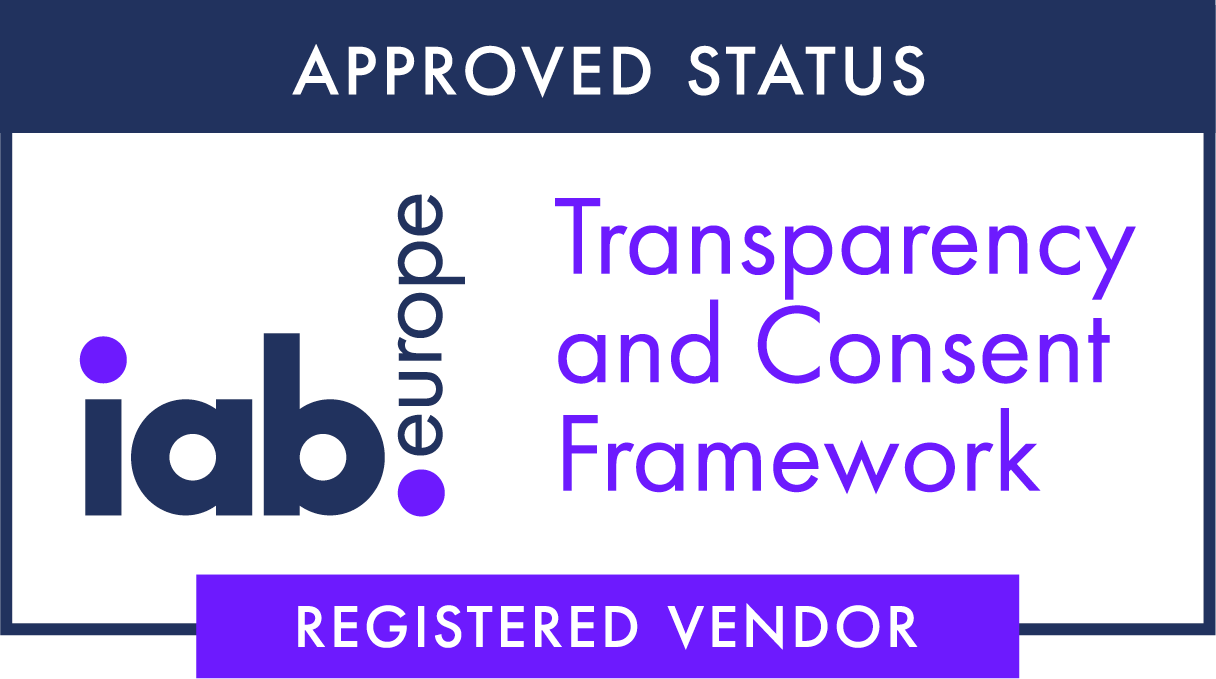Insights
How X distinguishes between freedom of speech and freedom of reach
For X, freedom of speech is paramount – but with reach regulation in case of policy violations.
August 23, 2023
The digital revolution enables people around the world to raise their voices and express their thoughts freely on the World Wide Web. But while the internet provides a stage for free opinion, it is also a place fraught with challenges and risks that test the limits of this important fundamental right.
The diverse and complex dynamics of the online space have created tension in which the promotion of freedom of speech is confronted with censorship, disinformation, hate speech, and the spread of harmful content. Social media platforms, in particular, have faced the pressing challenges and risks accompanying freedom of speech online in recent years.
Platform X (formerly known as “Twitter”) has enshrined in its philosophy “Freedom of Speech. Not Reach.” the need for a balanced approach to protecting the core values of free expression while maintaining the integrity and safety of digital discourse.
With transparent measures, X has since responded to texts identified as potentially violating its policies: Restricting the reach of posts, also known as visibility filtering, is an existing enforcement philosophy that, as of this year, has now been made transparent to all X users by publicly visible labeling of corresponding contributions. Posts with hateful content are thus made less discoverable, marked as such, and deleted in cases of illegality.
The platform has achieved visible success since the launch of “Freedom of Speech. Not Reach.” according to its own statements, and will therefore expand enforcement measures. Over 99.99% of X post impressions are currently said to be from content that aligns with X’s policies. Over 700,000 offensive posts have already been attributed to hateful behavior and flagged accordingly. With the labels, a post received 81% less reach or views than a “healthy” X post. In addition, over a third of authors proactively decided to remove flagged posts after being informed of the restriction. Only 4% of authors would object to being flagged, with 90% of objections expected to be responded to within 30 minutes.
Feedback from the Twitter community is helping to make the labeling applications more precise. In addition, X prevents ads from appearing near this content so that not only are users protected, but brand safety of brands is more and more ensured. X explained that the application of its enforcement actions would be expanded from hateful behavior to include abusive behavior and violent speech in the future.
In this way, X tries to balance freedom of speech and regulation in the Open Web.
In our esome newsletter, you can read all about X’s development and innovative features of relevant platforms, new advertising opportunities, and other news from the industry. Click here to subscribe.



